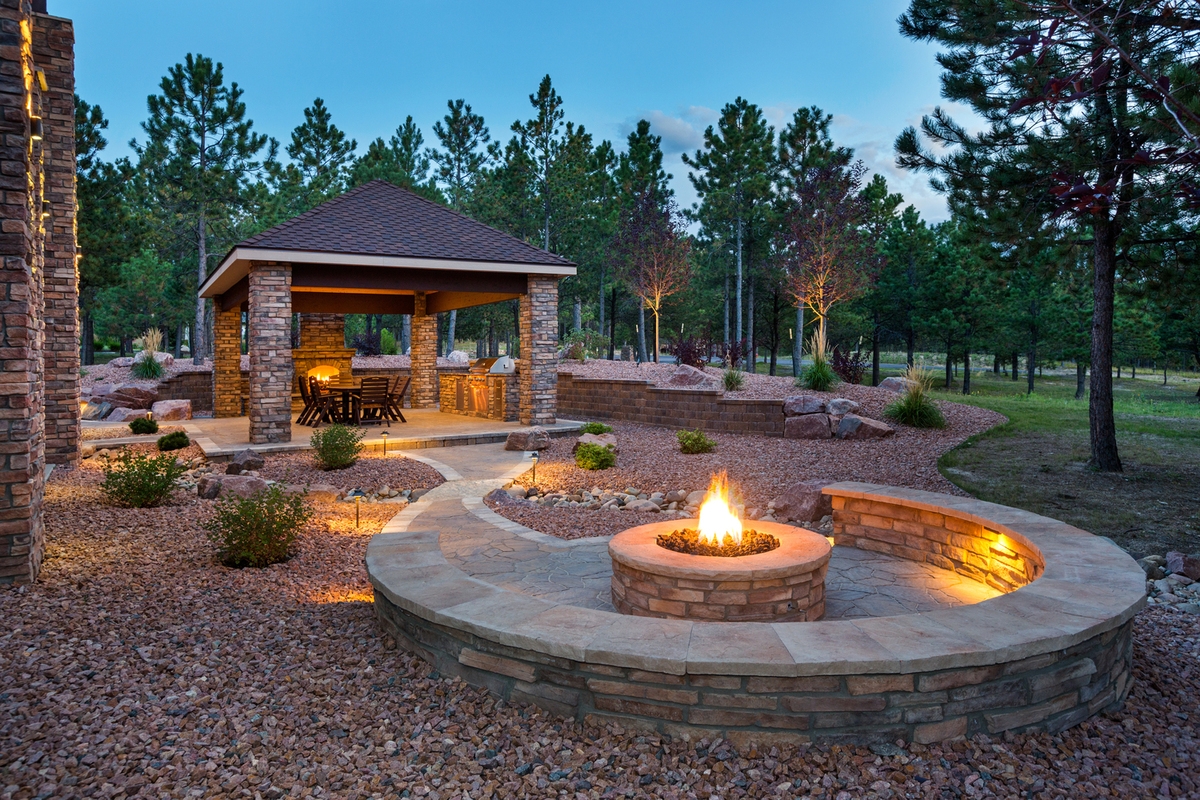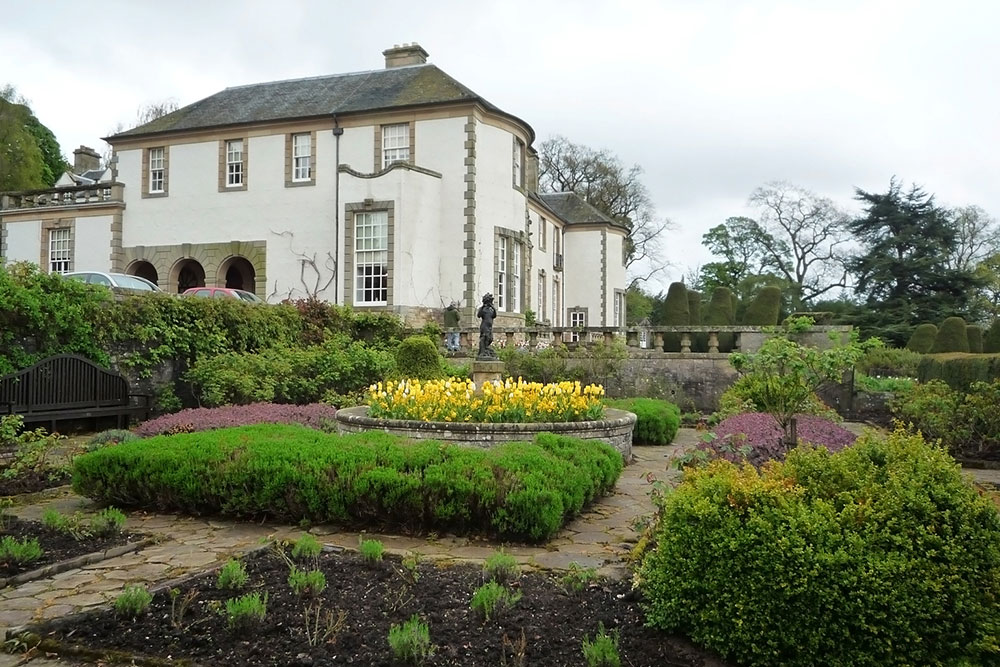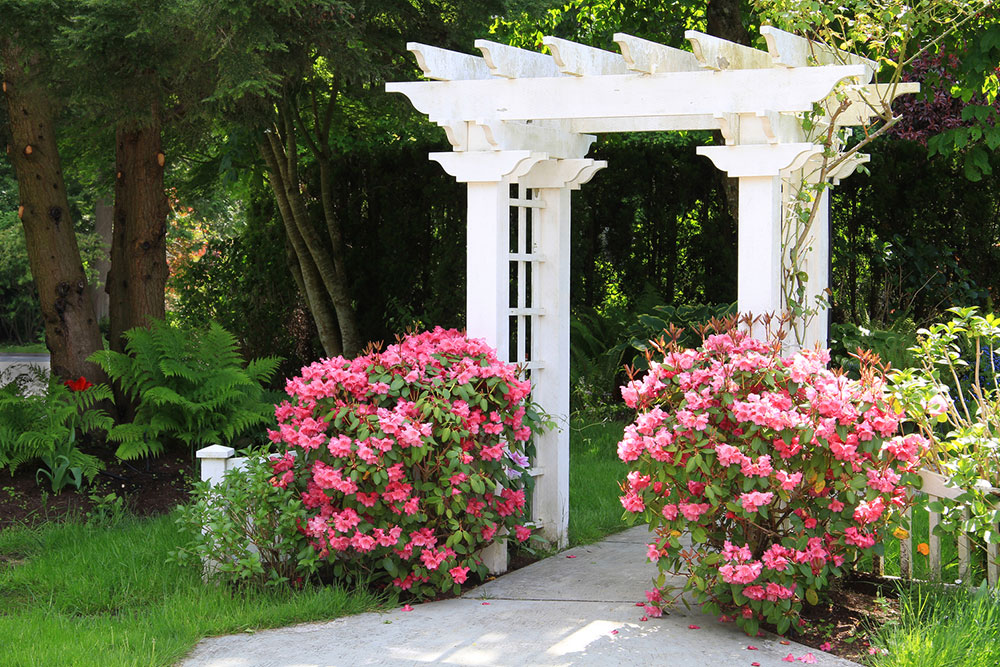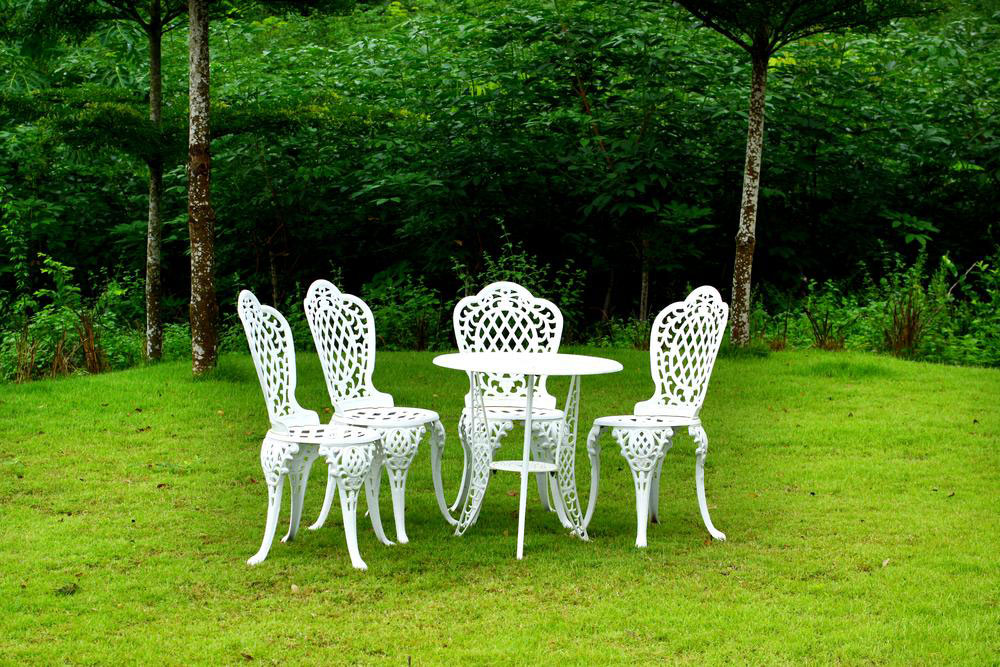Revolutionizing Outdoor Spaces with Advanced Landscape Design Software
Discover how advanced landscape design software is revolutionizing outdoor space planning. From precise 3D modeling to sustainable features, these tools enhance visualization, collaboration, and efficiency for homeowners and professionals alike. Stay ahead with emerging trends like AR integration and AI-driven design, making outdoor projects more innovative and accessible than ever before.

Revolutionizing Outdoor Spaces with Advanced Landscape Design Software
The growing emphasis on outdoor aesthetics and functionality has brought landscape design software into focus. Just as technology has changed indoor design, it’s now transforming outdoor environment planning. From homeowners to professional landscapers, anyone can craft beautiful, functional outdoor areas using innovative software tools. This article explores what landscape design software involves, its advantages, and some of the leading programs available today.
What Is Landscape Design Software?
Landscape design software is a specialized tool that allows users to visualize, plan, and develop outdoor spaces, including gardens, decks, and entire landscapes. These programs feature 3D modeling, live visual previews, and extensive resources of plants, materials, and structures. Such software enables detailed, realistic representations before physical work begins.
Advantages of Landscape Design Software
1. Enhanced Visualization and Planning
These tools improve visualization, allowing users to walk through 3D models and make real-time edits. This makes it easier for homeowners and professionals to refine their ideas and ensure the final outcome matches expectations.
2. Precision and Customization
Users can tailor designs with precise choices of plants, materials, and layout elements. This high level of detail guarantees a practical and attractive space that meets specific needs.
3. Cost and Time Savings
Pre-visualization helps minimize costly errors and allows accurate budgeting by estimating materials and labor beforehand. It also accelerates project planning with features like drag-and-drop design and templates.
4. Improved Collaboration
For professionals, these programs facilitate clearer communication with clients through detailed plans and immersive visuals, promoting collaboration and reducing misunderstandings.
5. Efficiency in Planning
Advanced software streamlines design workflows. Ready-made templates, quick editing options, and extensive object libraries help create comprehensive plans much faster than traditional methods.
Top Landscape Design Software Options
1. SketchUp
Known for its intuitive interface and versatile features, SketchUp offers powerful 3D modeling suitable for outdoor design projects. Its large libraries include a variety of materials and plants, making it a favorite among landscape professionals and enthusiasts.
2. AutoCAD
AutoCAD is a highly precise, professional-grade design tool used frequently by landscape architects. Its capabilities support complex planning and integration with other design platforms, suitable for detailed outdoor projects.
3. Realtime Landscaping Architect
This software focuses on realistic landscape visualization, with a rich library of plants and structures. Features like 3D walkthroughs and photorealistic rendering make it ideal for detailed outdoor simulations.
4. Garden Designer
Targeted at garden-specific designs, Garden Designer provides easy drag-and-drop functionality, an extensive plant database, and flexible layout options, perfect for beginners and hobbyists.
5. Lands Design
Lands Design is an advanced plugin compatible with Rhino and AutoCAD, tailored for large-scale landscape projects. It offers parametric design tools for detailed customization and complex site planning.
Emerging Trends in Landscape Design Software
As technology advances, new features are shaping the future of landscape design tools:
1. Augmented Reality (AR) Integration
AR enables overlaying digital landscape plans onto real-world environments, providing immersive visualizations for better planning and decision-making.
2. Focus on Sustainability
Future software updates aim to incorporate eco-friendly features such as native plant suggestions, water-efficient systems, and sustainable materials to promote environmentally responsible design.
3. Enhanced Collaboration Features
Tools will support multi-user editing, real-time updates, and annotations, improving teamwork on large projects and streamlining design approval processes.
4. Artificial Intelligence and Machine Learning
AI and machine learning will offer design suggestions, automate layout optimization, and analyze environmental data to create more efficient, innovative landscape plans.
Landscape design software empowers both amateurs and professionals to craft beautiful outdoor spaces efficiently. With features like 3D visualization, customization, and collaborative tools, these programs make outdoor planning more accessible and precise. As technology evolves, the future of outdoor design will be even more innovative, sustainable, and user-friendly, transforming how we approach landscape projects.
By harnessing these advanced tools, you can turn any outdoor area into an attractive, functional space that enhances its environment and your lifestyle. Whether a simple garden update or a large landscape overhaul, modern software makes design intuitive and achievable.










